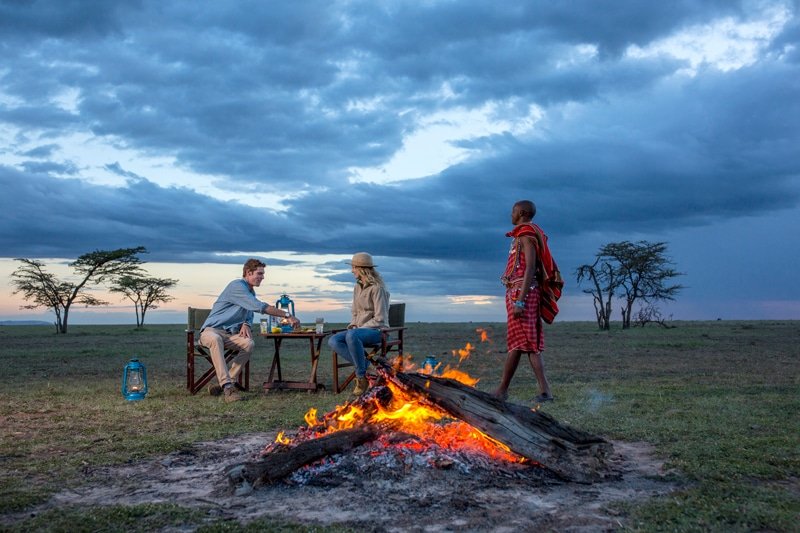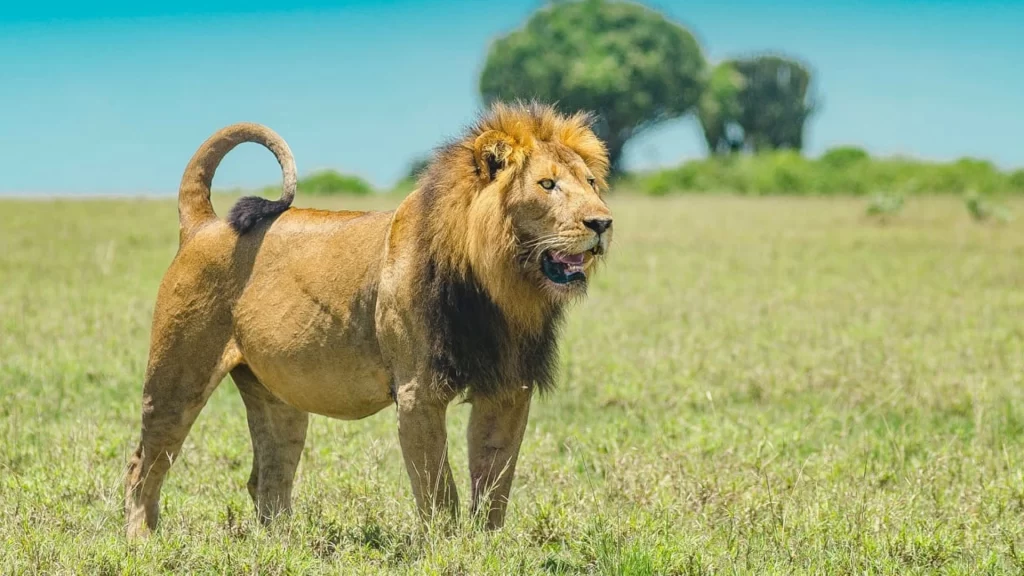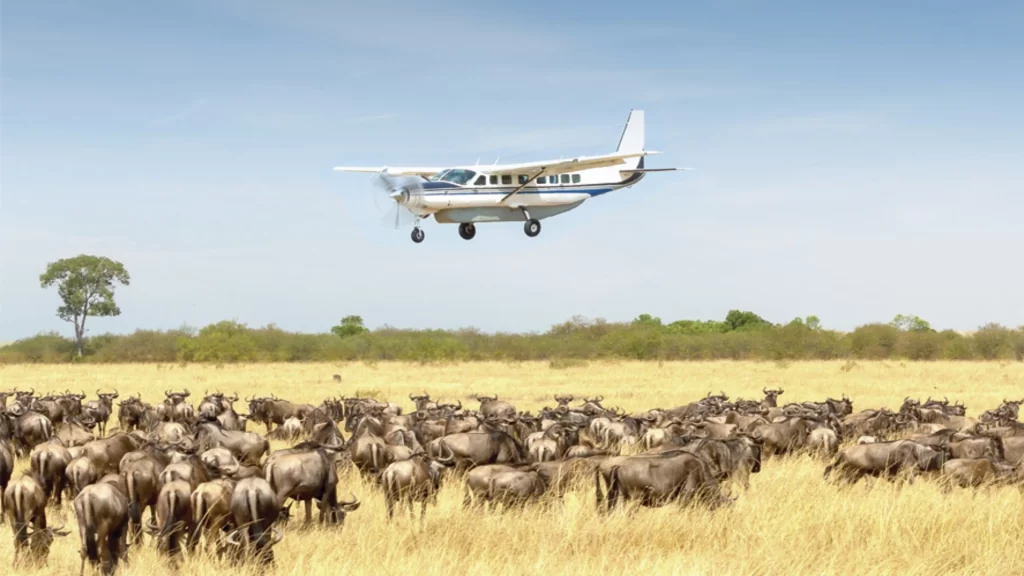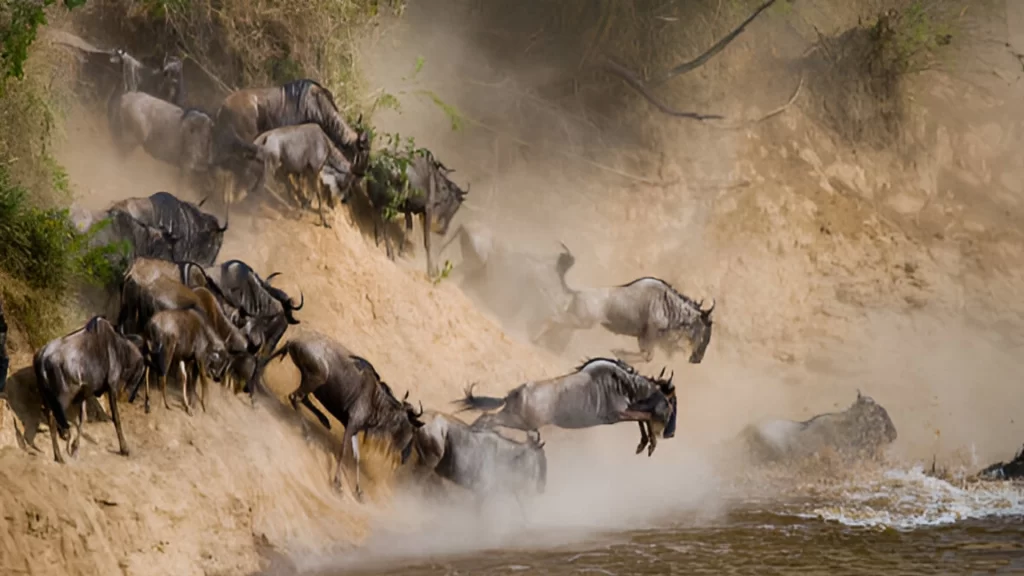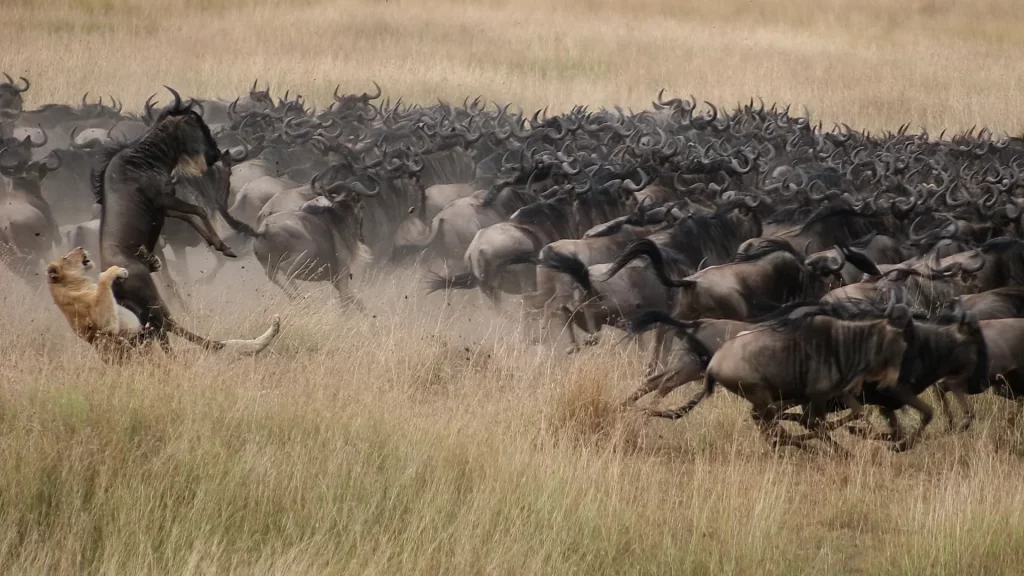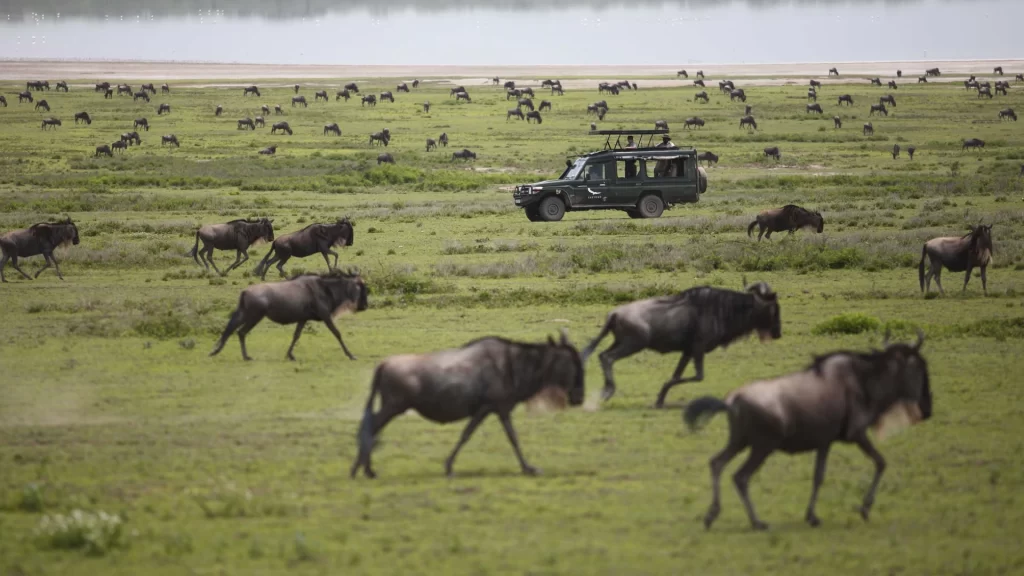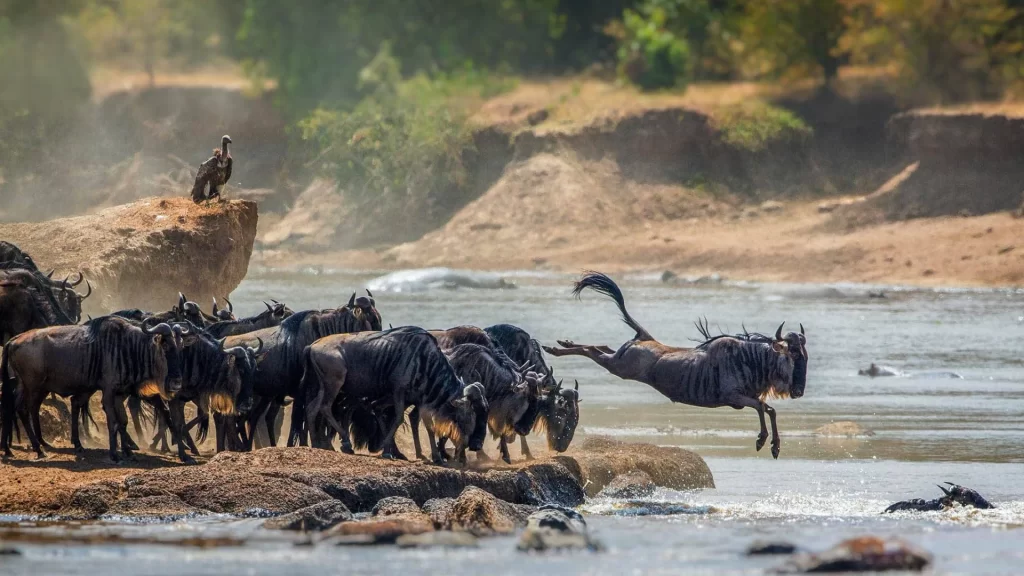A Big Five safari in Tanzania offers an extraordinary opportunity to witness Africa’s most legendary wildlife: lion, leopard, rhinoceros, elephant, and African buffalo. These animals are admired not only for their power and beauty but also for the thrill of spotting them in the wild. For travelers seeking a true African safari experience, this journey stands out as one of the most rewarding.
Tanzania’s world-renowned parks provide the perfect settings for Big Five safaris. In Serengeti National Park, lion prides dominate the savannah while leopards quietly rest in treetop canopies. The Ngorongoro Crater offers a rare chance to see black rhinos in a compact, wildlife-rich environment. Meanwhile, Tarangire National Park is a stronghold for elephants and massive herds of African buffalo, particularly near the river during dry seasons.
Visitors can enjoy these sightings through a variety of safari experiences. Guided game drives take you deep into the wilderness, while walking safaris add a touch of adventure and connection to nature. Additionally, hot air balloon rides provide a breathtaking aerial view of wildlife across the plains.
Beyond the animals, a Big Five safari in Tanzania immerses travelers in spectacular landscapes and rich biodiversity. From endless savannahs to volcanic craters and acacia-dotted woodlands, the scenery enhances every wildlife encounter. Along the way, expert guides share fascinating insights into animal behavior and ongoing conservation efforts.
Ultimately, a Big Five safari in Tanzania is ideal for wildlife lovers, photographers, and adventure seekers. With abundant wildlife, dramatic backdrops, and unforgettable moments, this experience captures the very essence of an African safari.
